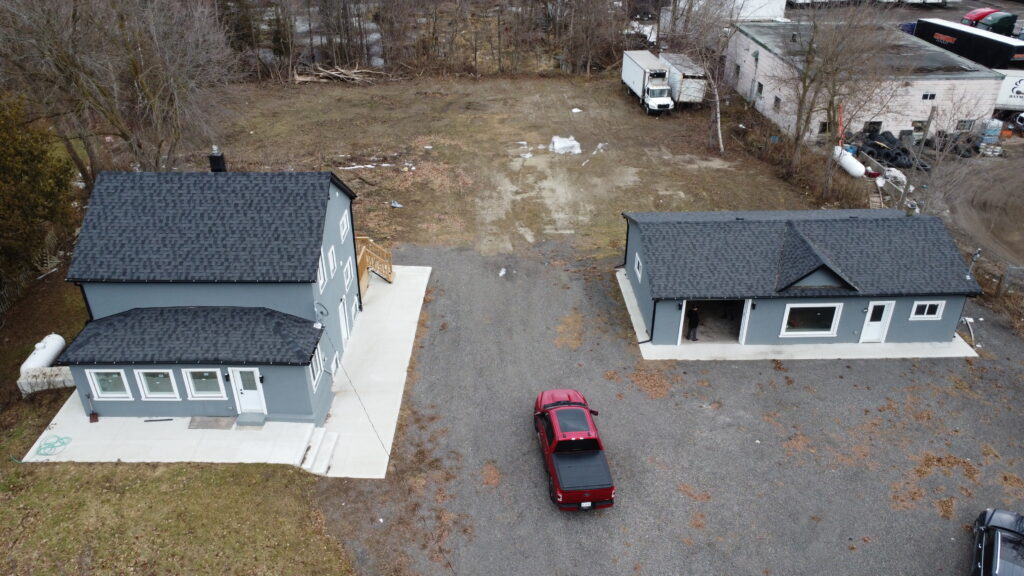
When you decide to move out of the city there are a few big differences between the sub-division and countryside houses. While this list covers a few common features among rural properties, keep in mind that each home is different, and rural communities can differ from one another.
- Well Water: The overall condition of a well will directly impact the volume and purity of the home’s water supply. Therefore, if you’re purchasing a property that has one, it’s important that this is included in the inspection process. The well water needs to be tested by a certified lab before the purchase.
- Well Productivity: To ensure you have a strong flow of water into the home, the well inspector will verify that the well has an acceptable flow rate and usable volume. Most importantly, they’ll perform a potability test to confirm that the water is safe to drink and use.
- Septic System: Rather than using municipal sewage processing, some homes in rural have private septic systems or holding tanks. These are waste management systems that are independent of the home itself. Similar to the wells, ensuring that a property’s septic system is in good shape is a crucial step in rural home inspections. Not only can repairs to septic systems or holding tanks be costly, but dealing with leaks, damage, or backup can be rather unpleasant. To avoid surprises down the line, our inspector will determine the current overall condition of the septic system, verifying its functionality and capacity.
- Heating System: Your countryside house may have a different heating system than a regularly used natural gas-fired heating one. It may be an Oil Heating furnace, Propane furnace, or Geo-thermal heating. The average furnace lasts about 20 years, some even 25 years. It all depends on how well the previous owner had maintained it. If you have an oil furnace. it should be serviced at least once a year. To avoid surprises, our inspector will determine the current overall condition of the heating system, verifying its functionality and life remaining.
